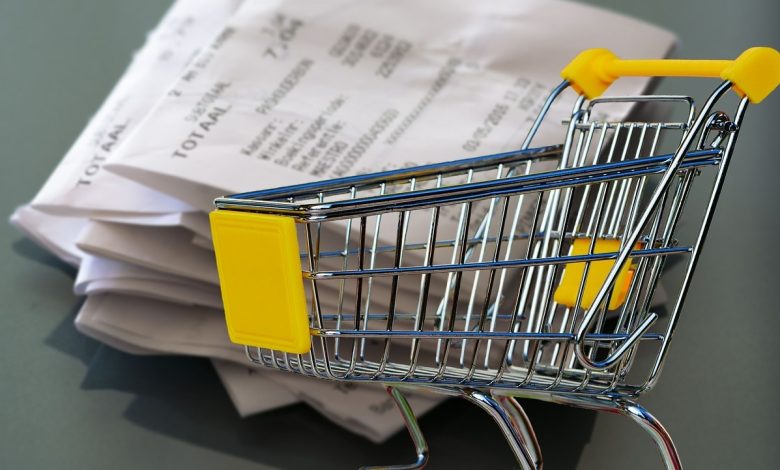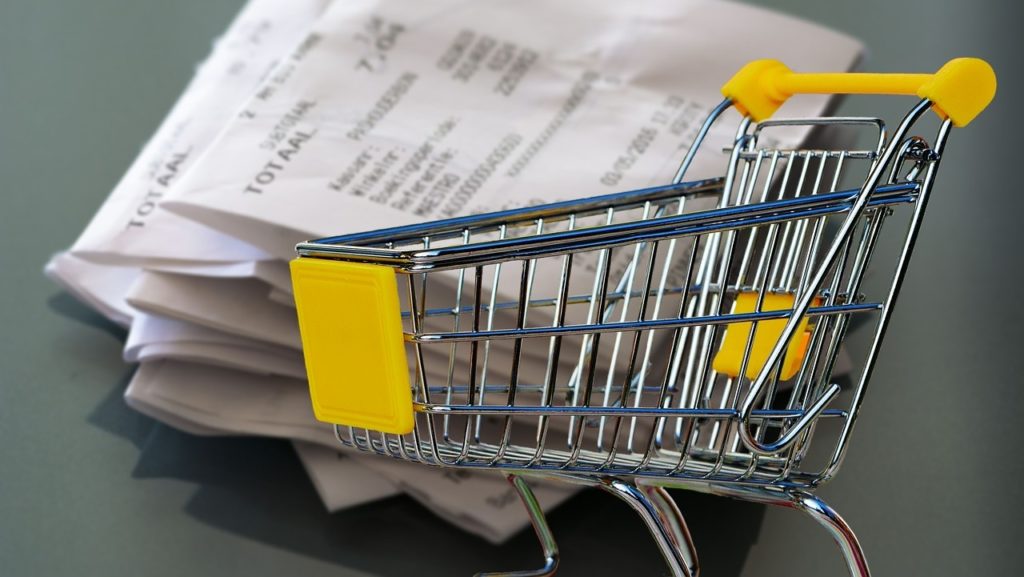The Dark Side of January’s Big Retail Sales Print

Retail sales came in much stronger than expected in January after declining the previous two months. Mainstream financial media pundits immediately declared that this “jump in consumer spending” was a good sign for the economy. The Wall Street Journal called the robust sales report “evidence that US economic growth picked up at the start of the year.”
But there is a dark side to this retail sales report.
Seasonally adjusted, retail sales surged by 3% in January. It was the largest monthly increase in nearly two years. Economists had projected a 1.9% rise in retail sales.
Excluding autos, retail sales increased by 2.3%.
So, what’s not to love about this report?
In the first place, you should always be skeptical of “seasonally adjusted” numbers. These seasonal adjustments are often subjected to significant adjustments down the road. The January BLS non-farm payroll report had some hinky seasonal adjustments, and CPI data for the last three months were all recently revised upwards.
But even if we take the retail sales number at face value, that doesn’t mean everything is as rosy as the mainstream pundits would have you believe.
Some of the increase in retail sales was due to the 0.5% month-on-month increase in the CPI in January.
Retail sales numbers are not inflation-adjusted. That means the data always reflects rising and falling prices. When inflation is high, you should expect retail sales to tick higher, even if people cut back on the amount of stuff they actually purchase. (Unless, of course, they cut the amount of buying enough to offset rising prices.) During deflationary periods, you should expect retail sales to fall unless people up their volume of purchases.
In other words, just because dollar widget sales increase doesn’t mean people bought more widgets. It could be that they bought fewer widgets but paid a lot more for them. Conversely, falling sales could reflect price drops and don’t necessarily mean people bought fewer widgets.
On a year-over-year basis, retail sales increased by 6.4%. That was exactly in line with the annual CPI print. In other words, on a year-on-year basis, all of the increase in retail sales can be accounted for by price inflation.
When you look at the patterns in the retail sales data, it’s pretty clear that inflation has largely (if not completely) driven retail sales over the last year. Americans haven’t been spending more because they’re confident about the economy. They’ve been spending more because they have to. This is an involuntary spending spree. American consumers are spending hand-over-fist in an effort to keep up with surging prices. They’re not necessarily getting more stuff. They’re just shelling out a lot more money for the same amount of stuff they were getting before — and in some cases, less stuff.
But on a monthly basis, it does appear that consumers opened up their wallets last month, with spending outpacing price inflation. That raises another important question: how did people pay for this shopping spree?
Most likely they put it on their credit cards.
Even with a big 1.8% decline in retail sales in December, revolving credit, primarily reflecting credit card debt, grew by another $7.2 billion that month, a 7.3% increase.
To put the numbers into perspective, the annual increase in 2019, prior to the pandemic, was 3.6%. It’s pretty clear that Americans are still heavily relying on credit cards to make ends meet.
It will be interesting to see how much revolving debt rose in January. My guess is that it will be even higher given the amount of spending consumers did that month. (That report will come out in the first week of March.)
So yes, American consumers continue to “support the economy” by spending money today despite rising prices. But they’re borrowing to do it. Tomorrow is fast approaching. And with it depleted savings, higher interest rates, and looming credit card limits. This is simply not a sustainable trajectory, no matter how the mainstream press tries to spin it.
Call 1-888-GOLD-160 and speak with a Precious Metals Specialist today!
Buka akaun dagangan patuh syariah anda di Weltrade.
Source link







